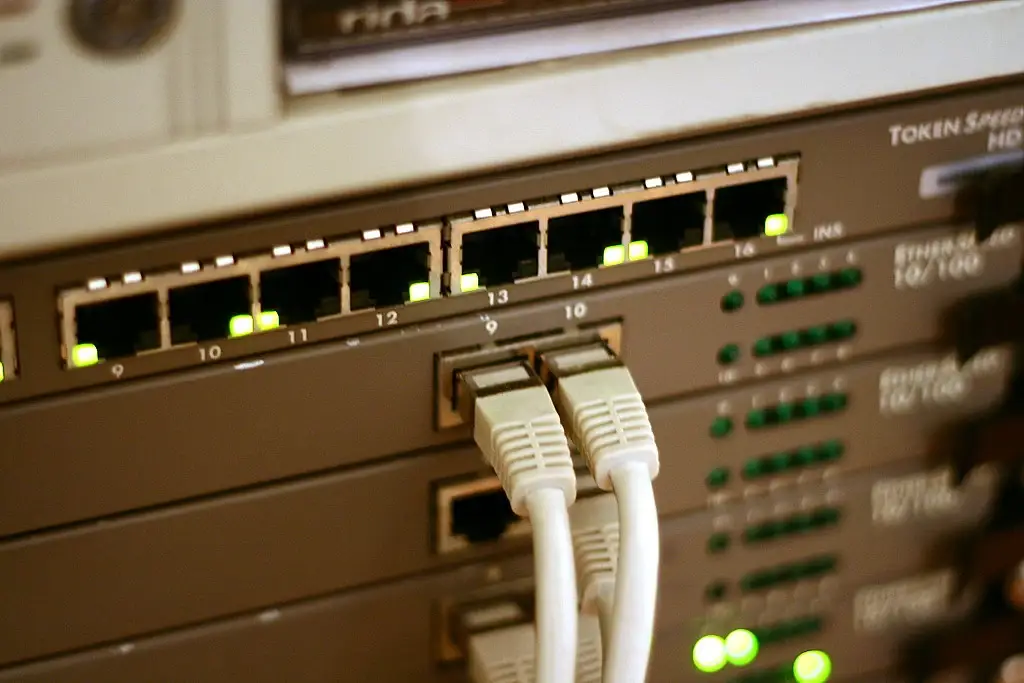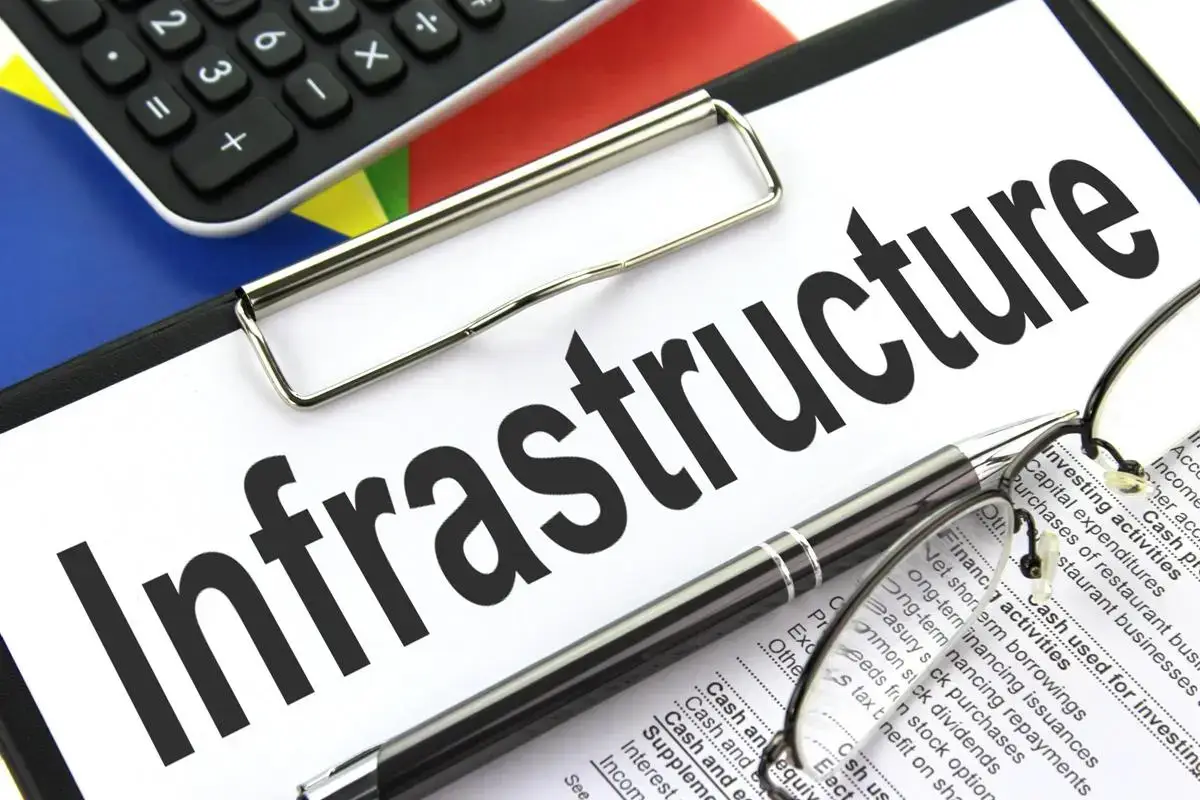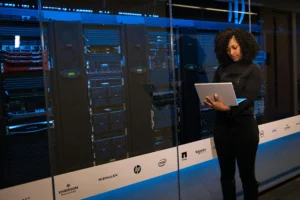In the modern world, it is important to understand what is IT infrastructure. and how it can help to grow any business. The IT infrastructure is a collection of software, computing facilities, and service aspects that allow the supply of business systems and IT-enabled operations.
In this article, we will explore the definition of IT infrastructure, its importance, various types and components that support business operations.
Understanding Infrastructure: Definition and Meaning
Infrastructure is the essential structures and networks that support a country, region, or society. Infrastructure includes transportation infrastructure and mobile phone networks. A large-scale infrastructure is often built by the public sector and funded by tax income.
What is IT Infrastructure?

The IT infrastructure is a combination of software, hardware, facilities, and service aspects that allow the smooth functioning of business systems and IT-enabled operations.It refers to the development and operation of software applications in a business. It consists of hardware, networking components, an Operating System (OS), data storage, and other software that a company uses to deliver IT services and implement internal software solutions.
Why is IT Infrastructure Important for Businesses?
IT infrastructure is flexible, and reliable software operations that allow it to achieve business goals. Here are some benefits to choose the IT Infrastructure to meet the business goals:
- Optimizing efficiency in operations.
- Enhancing Communication and Collaboration.
- Supporting Data Management and Analysis
- Ensuring Security and Compliance
- Enabling Scalability and Flexibility
- Enhancing Customer Experience
- Boosting innovation and competitiveness
- Ensuring business continuity and disaster recovery.
How Many Types of IT Infrastructure:
Here are multiple types of IT infrastructure.
Traditional Infrastructure
In traditional infrastructure, components and other technology are managed and owned by the company with its facilities. Traditional infrastructure is frequently considered expensive to operate and necessitates a considerable quantity of equipment, such as servers, power, and physical space.
Hyperconverged infrastructure
Hyperconverged infrastructure helps you handle computational, network, and data storage equipment via one dashboard. Using software-defined computation and data storage combined, you can serve recent workflows with versatile designs on industry-standard hardware.
Cloud Infrastructure

Cloud infrastructure refers to the different parts and resources required for cloud computing. You can develop your cloud with resources committed completely to you. You can also use a public cloud by purchasing infrastructure from a provider of cloud services such as:
The hybrid cloud can be created by adding some level of task flexibility, automation, and management across various clouds.
Components of IT Infrastructure:
Every component of infrastructure has a specific purpose and contributes to the entire system’s reliability. Here are some components that make a complete IT infrastructure:
IT Hardware
IT hardware includes all of the real devices and gadgets that a company uses in its IT system. IT hardware includes storage devices as well as servers that supply network connectivity to businesses. It includes all connected devices such as phones, desktops, and tablets.
IT Software
IT software refers to the programs and apps that allow hardware to run specified functions. It includes:
- Operating systems(OS)
- Middleware Software
- Databases
- Application servers
- Customer relationship management (CRM)
- Enterprise resource planning software
- Content management systems
- Virtualization software
Data centers
Data centers are places that store various kinds of computer hardware. They need extra physical elements such as cooling devices and security systems. The on-premises data centers are costly to set up and operate.
Network Infrastructure
Network infrastructure enables businesses to link between workplaces or data centers across the country. Network infrastructure includes the internet, local area networks (LANs), wide area networks (WANs), balancers for load, and protocols for network connections.
Security infrastructure
Security IT infrastructure can be located anywhere within the IT architecture. You utilize it for safety, protection, and secure your data. Infrastructure security includes systems for logging in and out, detection and prevention, and encryption protocols.
Cloud services
Cloud services infrastructure relates to the systems, software, and infrastructure that another business provides to your corporation. You can use the software as a service to replace local apps. Similarly, you can utilize infrastructure as a service, or Internet as a Service to access IT infrastructure from the cloud, which reduces the need for infrastructure.
How to Optimize Your IT Infrastructure?
In today’s digital setting, optimizing IT infrastructure is critical for improving performance, lowering costs, limiting risks, and driving corporate development and success.
- Assess current infrastructure
- Define optimization goals
- Develop a strategy
- Implement automation
- Embrace cloud solutions
- Enhance security measures
- Upgrade hardware and software
- Optimize network infrastructure
- Implement monitoring and analytics
- Continuously review and refine
Bottom Line
Understanding IT infrastructure is important for companies as well as customers because it serves as the base for today’s IT services. From company IT infrastructure to technological infrastructure, infrastructure services to infrastructure architecture, each facet is critical to ensuring that IT systems run smoothly and are managed effectively. As technology advances, so will the infrastructure that enables it, making it an important field of concern for businesses seeking to prosper in the digital age.




